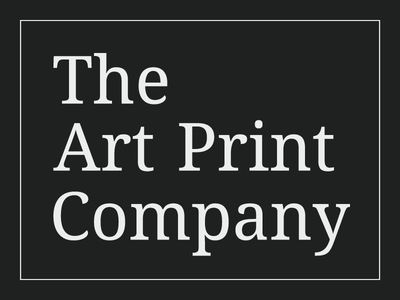In Grey - Abstract Bauhaus by Wassily Kandinsky - Wall Art Wrapped Frame Canvas Print
WRAPPED FRAMED CANVAS
Printed using only high quality inks on gallery grade 280 GSM fine art canvas. Mounted on a hard backed sturdy frame (4cm deep) and finished with a smooth matte finish to ensure a sharp vibrant image.Orders dispatched the next working day. Estimated UK delivery 1-2 days, international 8-10 working days or less.
In Grey - Abstract Bauhaus by Wassily Kandinsky
"In Grey" by Wassily Kandinsky, painted in 1919, stands as a quintessential example of the artist's foray into pure abstraction. The painting's composition is a harmonious interplay of shapes, lines, and colours, meticulously balanced on a muted, grey background. This neutral backdrop serves as a canvas that allows the vibrancy and dynamism of the geometric forms to take centre stage, embodying Kandinsky's belief in the spiritual power of abstract art.
The painting is characterized by an array of colourful shapes and lines that seem to float and interact with each other within the grey expanse. Bold, primary colours such as red, blue, and yellow punctuate the scene, interspersed with softer hues like pinks and pastels. These colours are not merely aesthetic choices; they reflect Kandinsky's theory of colour, where each hue has a unique, intrinsic emotional and spiritual resonance. The geometric shapes – circles, triangles, and rectangles – are carefully arranged to create a sense of movement and rhythm, inviting the viewer's eye to traverse the canvas in a dance of visual exploration.
Kandinsky's use of lines in "In Grey" is equally significant. The lines vary in thickness and direction, contributing to the painting's dynamic quality. Some lines are sharp and angular, while others are soft and curvilinear, creating a contrast that enhances the overall composition. This interplay of line and shape reflects Kandinsky's deep interest in the synesthetic experience of art, where visual elements could evoke musical rhythms and emotions.
The painting also exemplifies Kandinsky's mature style, where he had moved away from representational art to embrace abstraction fully. "In Grey" captures a moment of transition, where the artist's exploration of form, colour, and spirituality coalesces into a coherent visual language. The grey background can be interpreted as a metaphor for the infinite, a neutral space that allows the vibrant elements to exist in a state of dynamic equilibrium.
"In Grey" is a testament to Wassily Kandinsky's revolutionary approach to art. It encapsulates his theoretical and aesthetic explorations, merging his profound understanding of colour theory, geometric abstraction, and the spiritual potential of art into a cohesive and compelling visual statement. The painting invites viewers not just to see but to feel and interpret, making it a timeless piece in the evolution of modern abstract art.





